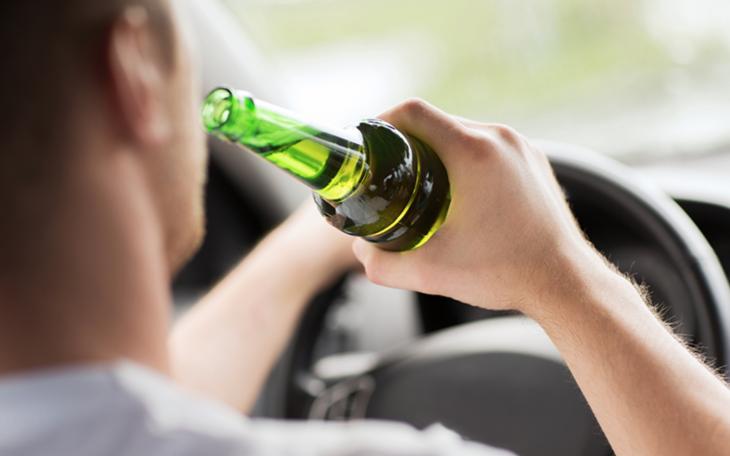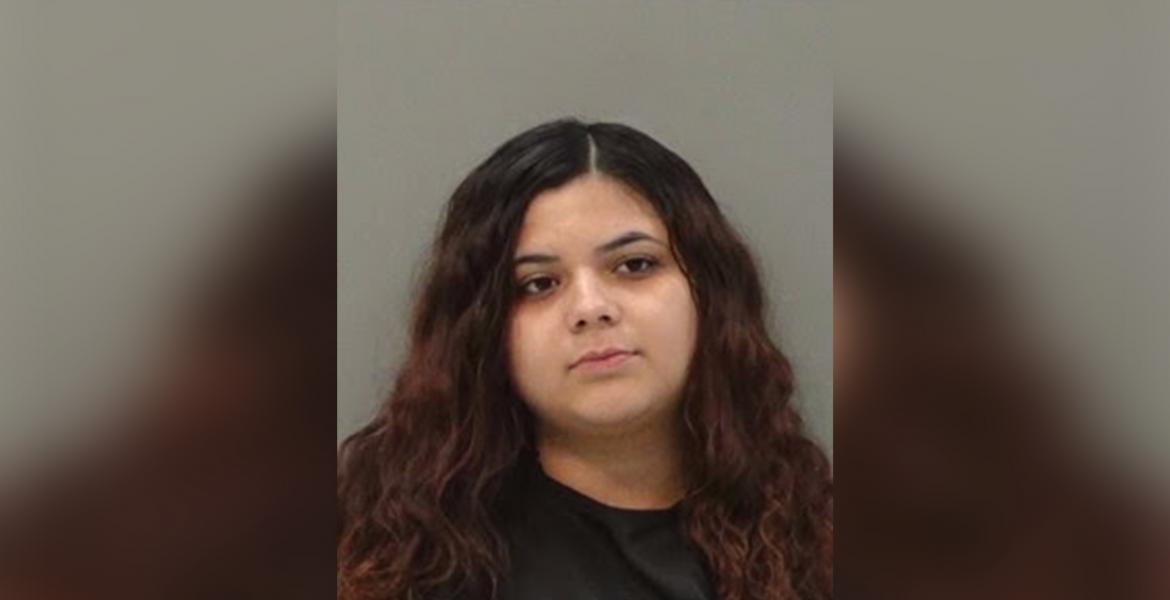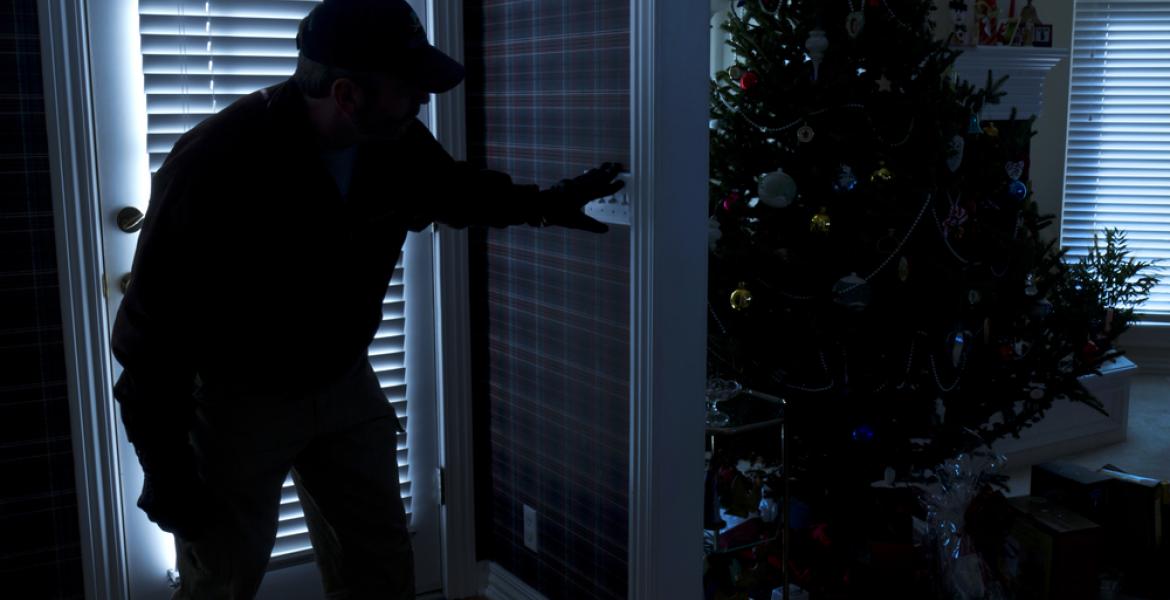To many citizens in San Angelo, crime is on the rise; however, when it comes to juveniles in the city, crime has diminished, at least with curfew related incidents. In fact, the nighttime curfew for minors adopted in 1996 has played a major role in this decline, Assistant Chief Jeff Fant with the San Angelo Police Department told city council members last week during the regular agenda session of the bi-weekly council meeting.
“The curfew is providing us with a valid tool for police officers to use to keep juveniles in check. Of course, it’s not the only tool,” Fant said. “Other crimes have gone down. Adult crimes have gone down, so we’ve done a good job, and it’s not just the curfew that’s responsible.”
Considering San Angelo ranks #22 in Texas for violent crime, and #10 for property crime, many people may view “a decline” as good news. For more information about San Angelo crime statistics, click here.
With that being said, last week was the time for approvals in the first public hearing of amending and changing the City of San Angelo’s Code of Ordinances. In addition to the approval of the first public hearing in amending the “Animal Control” section to add the mandatory spay/neuter and microchipping of animals in San Angelo, the city council also approved the first public hearing and consideration of introducing an ordinance to re-adopt the nighttime curfew for minors.
Fant said the city takes a look at the nighttime curfew every three years and the city has to hold a public hearing to abolish, continue or modify the ordinance that was initially enacted in 1996. This law is part of Chapter 8, “Offenses and Nuisances,” Article 8.07 “Curfew,” of the Code of Ordinances of the City of San Angelo. The only change to this ordinance occurred in 2006 when SAPD requested to eliminate the daytime curfew on minors.
In a 6-0 vote, city council members unanimously agreed the curfew should remain in place given the data provided.
In a presentation developed by Chief Tim Vasquez, Fant explained that the curfew originally became a part of the ordinance in 1996 to help combat the increase of juvenile gangs, juvenile crime and juvenile victims.
“We were seeing such a problem with juvenile crimes,” he said. “It was really bad at the time.”
To elaborate, Fant showed how, in 1996, SAPD officers came into contact with 3,635 juveniles per year, and out of that number, 2,804 were arrested for criminal activity.
“That’s an enormous amount of juvenile contact to consider,” Fant added.
However, with the adoption of the curfew, which models that of Dallas, juvenile contact with police has decreased over the years, and in 2015, the contact number remains at 740 per year with 350 arrests annually.
“During curfew hours, we’re only arresting 30 to 40 kids versus 250 to 320 kids during non-curfew hours. Kids are not out and about at nighttime. It’s very minimal,” Fant noted.
According to the Kids Count Data Center, the juvenile violent crime rate in Tom Green County per 100,000 children ages 10-17 went up from 2008 to 2012 overall by 37.9 percent with a drop by 94.6 percent in 2010 and 86.2 percent in 2011. Between 2011 to 2012 alone, violent crime increased by 124.1 percent.
For Fant and SAPD, they feel the nighttime curfew a great way to combat these numbers, and said the officers have done a good job enforcing the law without infringing on people’s rights.
The way the ordinance works includes the following:
- It is unlawful for a minor to knowingly be in a public place after curfew, which is Monday through Thursday 11 p.m. to 6 a.m., and on weekends, midnight to 6 a.m.
- It is unlawful for a parent or guardian to knowingly permit a minor to be in a public place during curfew hours.
- It is unlawful to any owner or employee of an establishment to knowingly allow a minor to remain on the premises of the establishment during curfew hours.
However, Fant said there are exceptions to the rule.
“There are reasons for some kids to be out in the nighttime, so there will be allotted information added into the ordinance,” he said.
These exceptions include the following:
- Accompanied by a parent or guardian
- On an errand under the direction of a parent or guardian (without detour or stop)
- Engaged in interstate travel
- Engaged in employment, or traveling to and from employment
- Involved in an emergency
- Outside the minor’s residence
- Attending an authorized activity
- Exercising First Amendment right
- Legally married or emancipated
Fant also said in relation to a break in curfew, “The penalty is basically by citation and appearance in court. If you’re picked up past curfew, you’ll be cited and taken home.”
The Assistant Chief also explained there’s a big difference in curfew and non-curfew citations, and what’s important now is this difference and how it pertains to juvenile arrests.
According to Vasquez’s report, the number of curfew arrests from 2013 to 2015 have declined, but the number of non-curfew arrests amongst juveniles increased from 252 arrests in 2013 to 326 arrests currently. That number will undoubtedly increase in the next three months of 2015. Additionally, 16-year-old males have the highest rate of non-curfew arrests.
Age also plays a factor in juvenile arrests.
Vasquez’s report showed that 16-year-old juveniles have the highest rate with 103 arrests in 2015; however, whether that number will remain lower than that of 2014 remains to be seen. Last year SAPD arrested 119 juveniles. Also, from 2013 to 2014, the number of arrests in this age group increased by 19 percent. Not to mention, from 2013 to 2015, with three more months left to go, arrests in the 15-year-old category has spiked by 37 percent. The only group to witness a decrease in crime during the past three years were 13-year-old juveniles.
In addition to these age groups, Fant said officers also give a larger-than-expected number of citations to 10-year-olds who are running the streets at 1, 2, and 3 a.m. By placing a police car in some of the neighborhoods where this occurs, however, that has helped in this regard.
“I think it’s our responsibility as a city to go in there and protect those kids who do not have the maturity to make proper decisions," he said. "I know if you would catch my kids out at three in the morning, the ordinance would be the least of their worries.”
Unfortunately, issuing citations to juveniles at 3 a.m. is a commonality with the department, which Fant said shouldn’t be the case. This is why SAPD requested to keep the current curfew laws in place.
Before garnering final approval, Elizabeth Grindstaff, councilwoman for Single-Member District 5, asked Fant what schools are doing to educate juveniles and how education plays a role in the process.
“Unfortunately, we don’t do much education in that area as we probably should,” Fant responded. “We rely on our DREAM officers who teach this to the kids who are coming of age. They’re taught about the curfew in the 5th grade. After that, officers have minimal contact.”
Fant also said SAPD is considering starting an educational campaign this year where information can be sent out using the SAPD website and social media sites. Additionally, the Police Department wants to pair with the San Angelo Independent School District to send out more information.
Harry Thomas, who commented on the presentation and said this is probably the best ordinance that has ever been put in place to help the officers, provided insight on additional ways to educate juveniles in San Angelo.
“By education, one of the other opportunities in this community are our use of organizations that educate these young people,” Thomas said. “We do an excellent job of talking about gang resistance, and things like alcohol and tobacco resistance. Listen to the people who have been around for a while. Get these kids get involved and let these organizations help the young people.”
Subscribe to the LIVE! Daily
Required






Comments
Listed By: Betsy Ryan
The city council doesn't review the curfew ordinance every 3 years because they want to. They do so because Texas State Law (section 370.002) gives the details of the review process that must be done every 3 years. It says the governing body (our city council) must review the ordinances effects on the community, and review the effects on the problems the ordinance was intended to remedy. It states a public hearing should be held on the need to continue. So the curfew is to focus on a problem and then be removed when the problem is gone. The 1996 numbers are high but if the police department were to show all the years between 1996 and now, you'd see we've been down for a long time. I'd say it is time to remove the curfew and see how things work without infringing on constitutional rights. Texas Law shows curfews to be temporary. Hope ours is.
- Log in or register to post comments
PermalinkListed By: Betsy Ryan
The change to the curfew law that removed the daytime hours came after over 2 hours of citizen input during the curfew review process in 2003. It is true that the police department in 2006 was not interested in trying to add back the daytime hours. After 3 years of no daytime curfew, the evidence was there: school attendance was up and crime was down.
- Log in or register to post comments
PermalinkListed By: Betsy Ryan
I'd say it is time to remove the curfew and see how things work without infringing on constitutional rights. Texas Law shows curfews to be temporary. Hope ours is.
- Log in or register to post comments
PermalinkPost a comment to this article here: